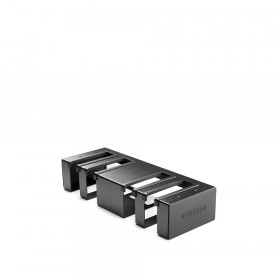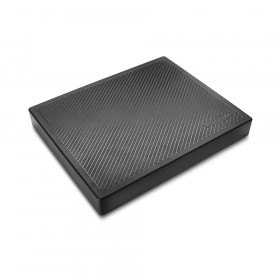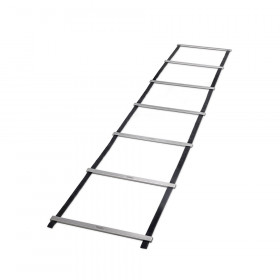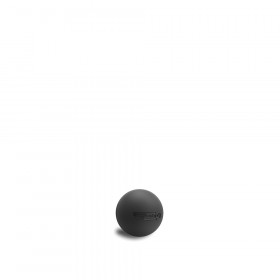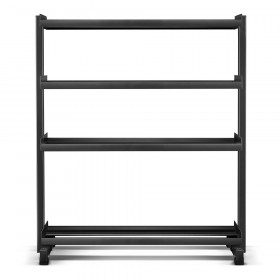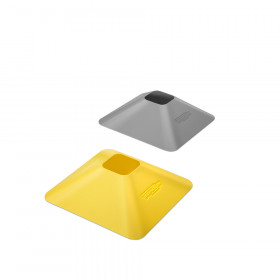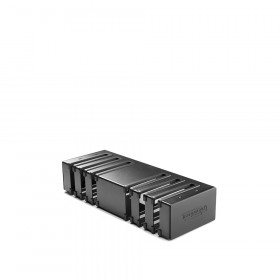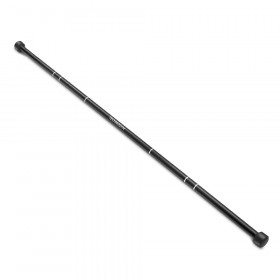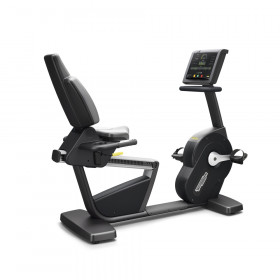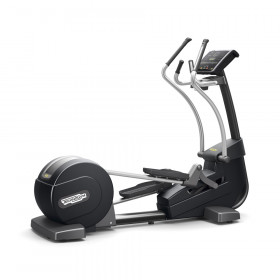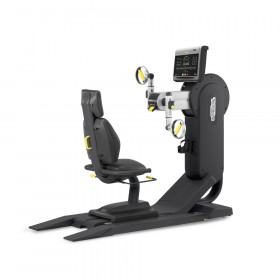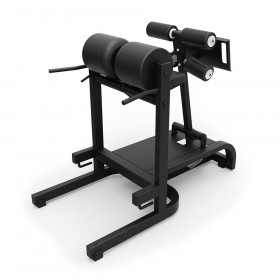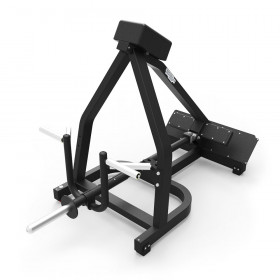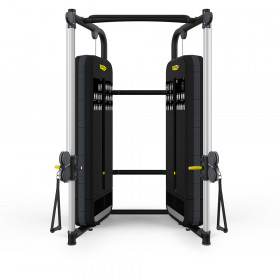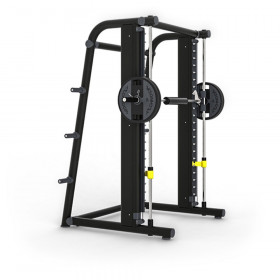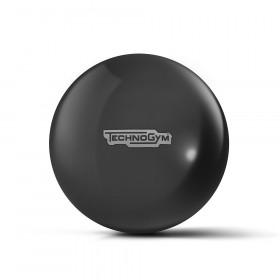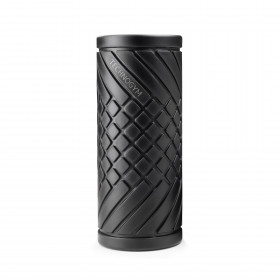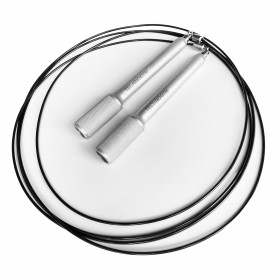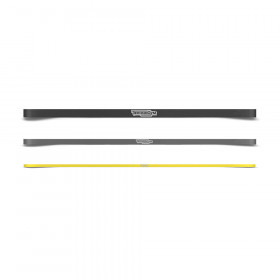Basketball is one of the fastest-growing sports in the world. It is estimated that more than 450 million people globally play basketball either as professionals or for recreation, with almost 300 million in China. In Asia and Australia basketball has replaced football as the most popular sport. NBA basketball players are the highest paid sports professionals on the planet, and names like Jordan, Shaq, Kobe, and LeBron are almost immortal; acting as magnets for millions of young hopefuls wanting to share in the glory and fame.
The fast pace and athletic requirements of basketball make it an ideal way to exercise and keep fit. Although a team sport, basketball can be practiced alone, one-on-one or with 3 players on each side. Basketball drills and manoeuvres burn calories, increase balance, coordination and endurance, and help improve concentration.
Basketball is also known for being easy to set up and play anywhere. All that is required is a basketball, hoop and a bit of space. Many now famous players started their romance with the game in small back yards shooting a ball through a hoop fixed to the back wall of their house.
As a team game basketball is played on a large court (94ft x 50ft) with two teams of five players each. The team that scores the most baskets by shooting the ball through the opponent’s hoop wins the game. The squad comprises of:
The Centres: The centre’s (C) primary role is to guard the hoop and prevent the opposition from scoring. The regulation height of the hoop is 10 feet so there is an advantage to being tall, and C players are usually the tallest and most physical players on the court. The C is also a great offensive player; grabbing rebounds (when the ball misses the hoop and bounces off the back board or the hoop) near the hoop for easy tip-in baskets. Kareem Abdul-Jabbar, Shaquille O'Neal, and Yao Ming were all famous centres.
The Forwards: There are two forwards, the small forward (SF) and the power forward (PF). The SF is an all-purpose player on offence, typically tall, agile and able to score both from the perimeter and from inside. The PF is responsible for catching passes and hit shots near the basket. Good forwards make excellent cuts and are powerful physical presences in the arc.
The Guards: Like forwards, there are two guards. The point guard (PG) is usually the shortest player, best passer and ball handler; the shooting guard (SG) is typically the team's best perimeter shooter. The guards are the architects of the offence, and carry the ball down court, set up plays, and shoot from the outside. Valued for quickness, accurate passing, and sniper-like shooting, guards typically score the most points.
Basketball requires a lot of stamina. Its fast pace and erratic movements mean players have to be agile, strong, and able to make sudden and explosive moves, while also being able to change direction quickly. Exercises that work your cardiovascular system and include all your major muscle groups are ideal for improving basketball skills.
The Techngoym Synchro Forma is perfect for a range of cardiovascular workouts and its total body engagement is ideal for both toning and improving coordination. High Intensity Interval Training (HIIT) programmes are also good because they include sudden bursts of high-intensity activity typical in basketball. The ability to run at speed in all directions is also key to good basketball performance. When not actually playing on court, running is a good cross training activity for basketball players. This can be done either out side rod running or using a treadmill such as the MyRun Technogym.
Basketball also involves lots of lateral movement and jumping, squatting and lunging; all of which require strong leg muscles and core stability. Strength training using weights to perform squats or leg curls will build strong quads and calves. You can build your core strength with abdominal crunches, plank, and lower back extensions.
Whilst not everyone in the team is a shooter, some of the most fun to be had in basketball is shooting hoops. There is a real sense of achievement to be had from watching the ball clear the sides of the hoop and fall through the net.
Shooting is a skill that can be improved with correct technique and practice. The first step to correct shooting is the "square up," which means to stand pointing all your toes straight at the hoop. Next turn your upper body so that your hips align your front-side parallel with the hoop. This helps to make our shots more accurate. Your shooting hand is usually your dominant hand. Keep your shooting elbow in tight to your hip, and the ball balanced on your finger-tips at the base of the basketball.
Your power will come from your shooting hand, but you can stabilise the ball using your other hand. Bring the basketball up level with your chin and bend your knees so that you are crouching. Extend your shooting elbow straight up and forward, rolling your wrist forward. Let the ball pop forward when your arm extends fully, rolling backward as you release it. Keep following through with your hand after you release the ball. To get extra power for your shot, push up with your legs from your crouching position as you shoot.
Whether you play basketball competitively or for recreation, knowing how to dribble a basketball and still be aware of your surroundings is essential. In other words: to do it without looking down. This requires advance hand eye coordination, gained through many hours of practice. Correct ball handling involves using the tips of the fingers and being able to bounce the ball with both hands.
Consequently, basketball is ideal for ensuring a balanced body approach to training. Unless you want to have your play restricted by only playing with your dominant hand, you have to train both sides of your body equally. In addition, the high degree of focus and concentration required to play basketball well, means that you also have to be mentally agile. The combinations of physical and mental abilities involved in basketball make it an ideal candidate for a total wellness activity.

